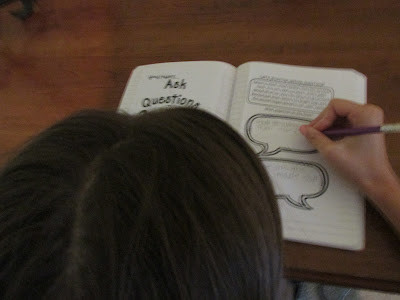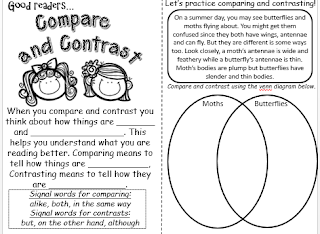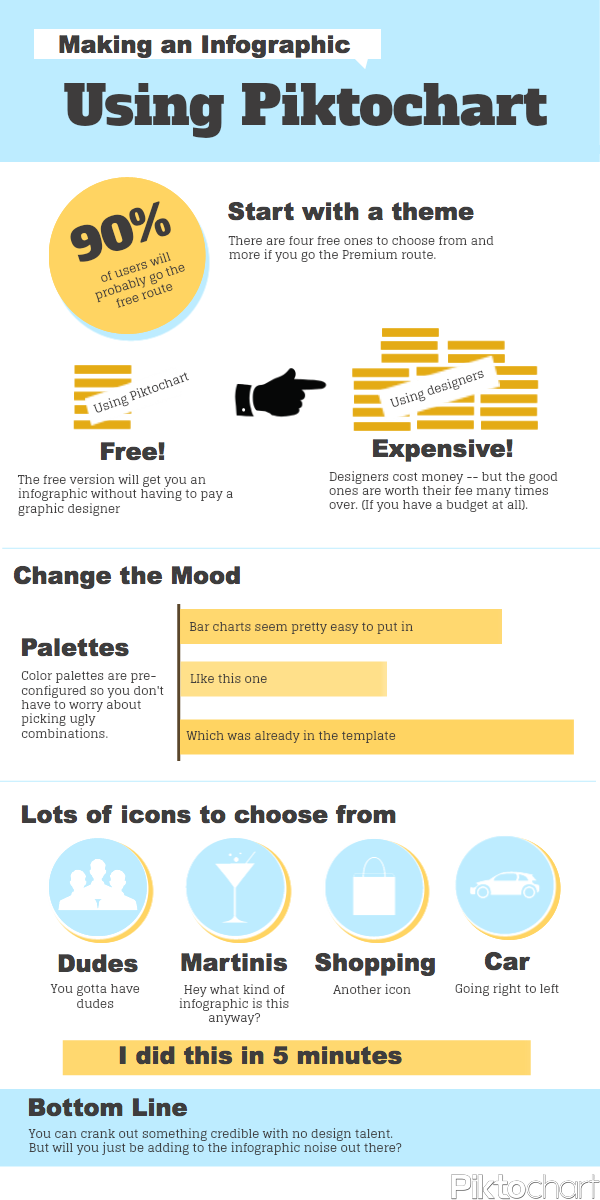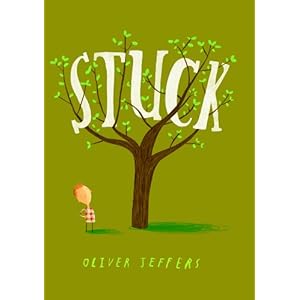Those of us who have been teaching for awhile have seen the educational pendulum swing from here to there every five years or so. I started teaching when Whole Language was the craze and "phonics" was a dirty word. From there we swung to back to "The Basics" and retrieved our phonics programs from the junk pile and started calling students back to our reading tables.
Where are we now?
I feel like we've kind of settled in the middle as we look to provide our students with a "Balanced Literacy" program one that focuses on the five pillars that will provide children with a solid base on which to develop their skills as readers and writers:
Phonemic Awareness, Phonics, Fluency, Vocabulary and Comprehension.
We focus on four of these daily in my classroom as we build and use of our CAFE board.

Are you familiar with the CAFE book by "The Sisters", Gail Boushey and Joan Moser?
It is a fabulous book to read as you prepare and plan for the next school year.

Our CAFE board grows as the year goes on. There is nothing posted under the C-A-F-E letters on the first day of school, but by the end of the first week we are on our way.

Along with posting our reading strategies and skills on our CAFE board, I like having my students record their learning in their reading journals.
Our journals are divided into three sections:
One for Book Logging, another for notes and the final section for responses.
Students glue down their skill and strategy note sheets on one side and a quick practice of the other side. I keep this short and sweet in order to reserve most of our reading time for actual reading and coaching.
Here is an example of the notes we record:
So as we post to the CAFE board we also post in our journals.
This also allows students to take home their learning and share with families.
You can make this comprehension journal with your students even if you don't use CAFE.
Interested? You can check them out by clicking the link below:
Here are just a few of the pages included in this set:
Comments? Questions? I would love to hear from you!
email: youngdor8@gmail.com










































 youngdor8@gmail.com
youngdor8@gmail.com



















